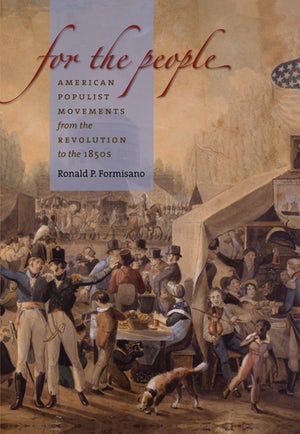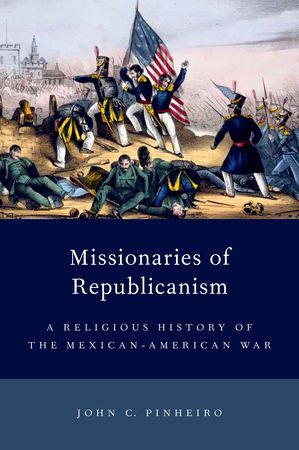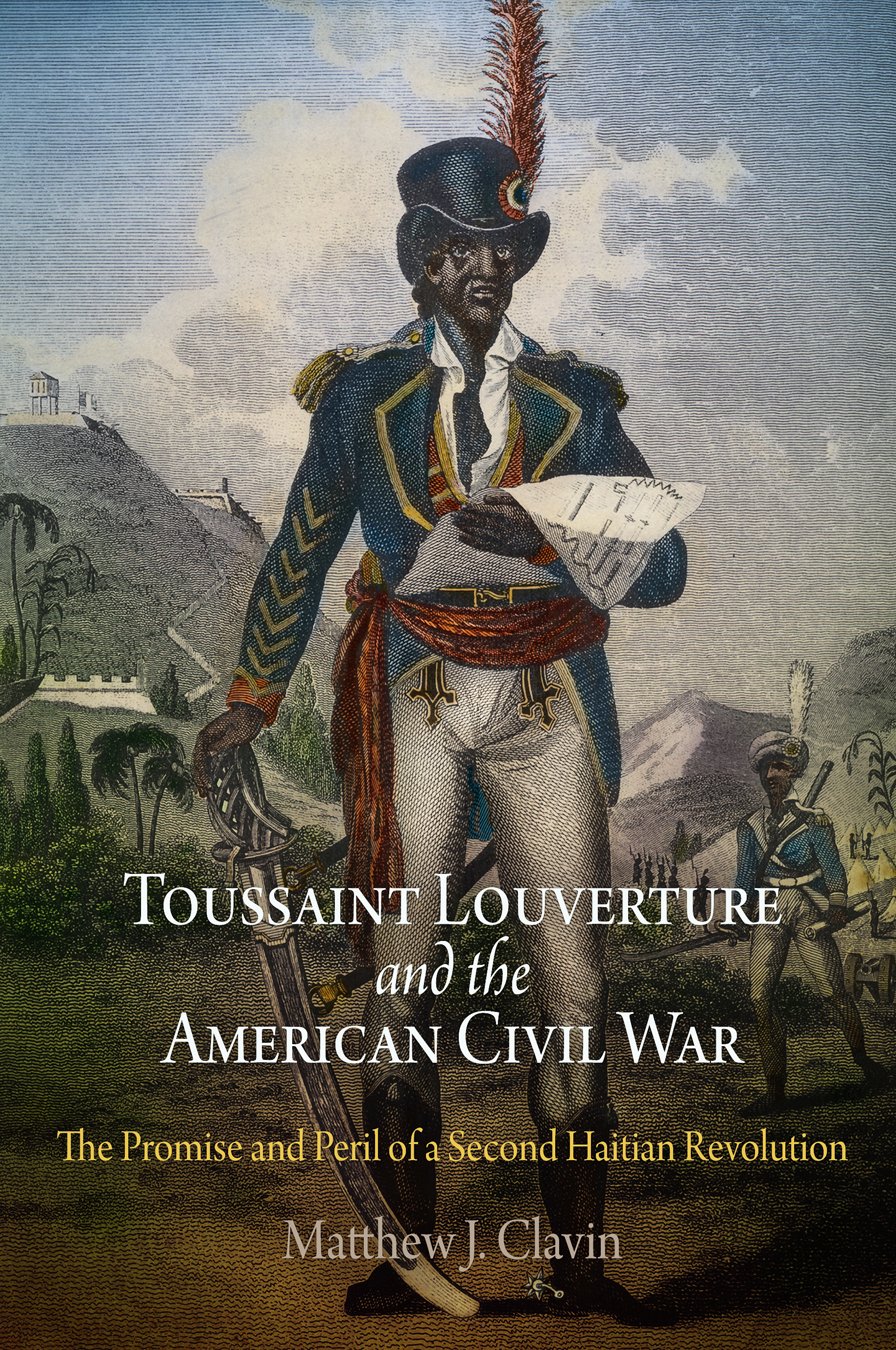
Kathleen DuVal’s The Native Ground shows how powerfully a change in perspective can alter our perception of history. Her focus on the shifting human relationships in the Arkansas River Valley will require readers to shift their geographic outlook from European outposts on North America’s coasts to “the heart of the continent.” Although DuVal’s title and introduction make her geographic focus clear from the outset, I only realized how thoroughly this book had shaken my own geographic orientation as I reached the final chapters that introduced events I thought I understood. When viewed from the Arkansas Valley, the origins and significance of seemingly familiar events (such as nineteenth-century westward migration) appeared so new that I repeatedly found myself surprised.
Most histories of colonial North America continue to frame the continent from the perspective of one European empire or another, albeit often very subtly, even when the historian writes from Indian perspectives or studies inter-imperial relations. But no one representing any European empires had any control over the Arkansas Valley, and thus any remnants of an imperial geographical perspective break down completely. DuVal points out that her work bridges a gap between southeastern and southwestern history, which it does, but the geographical implications of her study are more profound, demanding a true recentering. Her work complements Daniel Richter’s Facing East from Indian Country: A Native History of Early America (2001), but her more focused geographic scope immerses the reader in one place, allowing a level of specificity that makes especially vivid how important Indian viewpoints are if we hope to understand the power relations in the colonial period.
Because the eastern Arkansas Valley enters the Mississippi River Valley, it saw a great diversity of traders, explorers, and immigrants, both Indian and European. Because of the importance of the region for so many diverse polities, DuVal is able to make her case more strongly that the Arkansas Valley was itself the center of North America for its Indian and European actors in the seventeenth and eighteenth centuries. It was, indeed, “the heart of the continent” and not some European empire’s periphery. She does not face east or north or south or west to look at Europe or its colonists because the people she studies did not.
In identifying the Arkansas Valley as a “native ground,” DuVal argues that unlike the peoples of the Great Lakes region Richard White studies in The Middle Ground(1991), Arkansas Indians dominated their region well into the nineteenth century. They were able to maintain their power through the colonial period because they were not a population of refugees as were the Indians in the Great Lakes. Rather, the Indians in the Arkansas Valley, though many of them seventeenth-century immigrants, maintained their sovereign identities and very quickly developed systems for incorporating newcomers, systems that they applied to Europeans as well as to Indians. DuVal emphasizes that the Indians in the Arkansas Valley placed high value on connectedness. The sixteenth-century Spanish explorers in the area failed because they appeared unconnected and seemed unwilling to become incorporated into existing relations. The situation in the seventeenth century was very different. Quapaws, newcomers in Arkansas who left the Ohio Valley in response to Iroquois incursions, faced opposition from existing populations. They therefore recognized an opportunity to strengthen their position when French explorers arrived in the 1670s. The French recognized their own need for contacts and accepted incorporation into the Quapaw world. The Quapaws used their French connection and their extraordinary diplomatic skill to secure their place in the local political order as valued negotiators, despite their modest numbers and inability to exercise military dominance.
The Osage emerged as a regional power during the early eighteenth century. They (who, like the Quapaws, had migrated from the Ohio Valley) exerted their influence very differently. Their numbers were greater and they countered threats from Indians or Europeans with violence. Through these strategies, according to DuVal, they established an empire by the late eighteenth century. The accumulation of evidence from historians like DuVal (and Pekka Hamalainen, who argues that Europeans and Indians alike understood Comanches to constitute an empire during the same time period) who identify Indian empires in central North America, suggests that historians need to rethink the political geography of colonial North America. DuVal insists that no contemporaries familiar with the region took seriously the imperial boundaries European mapmakers imposed on the continent, understanding that Indians held power. Despite their attempts, neither the French nor Spaniards proved able to break Quapaw or Osage political and military hold over the region. During the colonial period, other Indians did not try.
Neither the British triumph over France, the U.S. triumph over Great Britain, nor the U.S. purchase of Louisiana directly challenged Indian control over the Arkansas Valley. Indirectly, however, the U.S. acquisition of the region put into motion a series of events that did change the power relations dramatically. Jefferson’s vision of the Arkansas Valley as a receptacle for eastern Indians provided the first wave of eastern immigration that would shift the power away from Indians. This first wave, however, consisted not of whites but of Cherokees. Like the white immigrants who followed them from the east, Cherokee power came in part from their continual migration and resulting demographic power. Their influence in the region, however, was short-lived, as the whites who followed in their wake insisted that the United States recognize their legitimacy, based on their claims to be the true “native” Americans in the region, despite sophisticated Quapaw and Cherokee legal and cultural arguments to the contrary.
DuVal ends with the argument that her story does not finish with U.S. domination. But it seems to me that underlying the story of persistent Indian power that DuVal tells is another story that is less new and that highlights the ultimate significance of “facing east” toward the Atlantic. The two Indian powers of the colonial period—the Quapaws and the Osages—came to the Arkansas Valley in response to pressures exerted on them by Iroquois pursuing (with the aid of Dutch weapons) beaver to supply European markets. The two subsequent nineteenth-century immigrations—Cherokee and white—which ultimately broke Quapaw and Osage power in the region, resulted from the demographic success, via migration and reproduction, of the political entity that had grown out of the British Atlantic seaboard colonies. The one point in her story when DuVal notes the possibility for another outcome involved a European (Spanish) choice, not an Indian one (58).
DuVal’s great contribution is that she makes so incontrovertibly clear two truths that we may all know in theory but that are difficult to understand concretely: 1) no one knew in the seventeenth or eighteenth centuries that this was what was going to occur, and 2), we risk gravely misunderstanding everything about those centuries if we read their histories backwards from the nineteenth.
This article originally appeared in issue 7.2 (January, 2007).
April Lee Hatfield is a member of the history department at Texas A&M University. She is working on a project examining Anglo-Spanish relations in southeastern North America and the Caribbean during the seventeenth and eighteenth centuries.


















